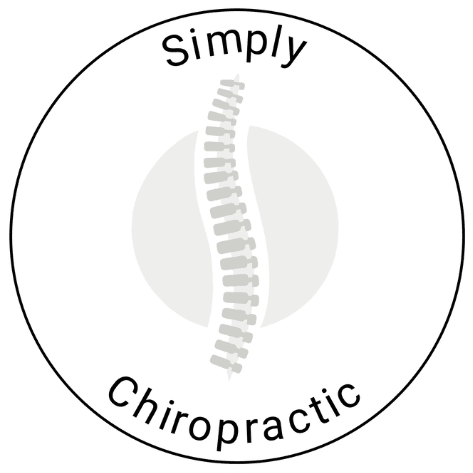
Back Pain

70% to 80% of people at some point in their lives will experience nonspecific low back pain.
Further, one year after the initial episode of low back pain as many as 33% of people still have moderate intensity pain and 15% have severe pain.
If you have experienced slow back pain, you understand how this condition can dramatically affect your quality of life. Bending, lifting, twisting, picking up your children, sitting for too long, and a myriad of other activities increase the pain. Many practitioners have difficulty identifying the underlying cause of this condition. If it is difficult to find out what is causing the issue, then it is almost impossible to provide a long term solution.
Over the counter pain medications, heating pads, stretching, and massage Are common therapies that many people try. They may help initially, but the pain persists. Eventually people will go to the doctor and they're prescribed prescription pain relief medications or the recommendation of back surgery is put on the table. Each of these therapies provide an initial Band-Aid effect, but nothing gets to the root cause of the pain or issue. Chiropractic treatment has a very positive therapeutic effect, but also may be a temporary solution.
Searching “hormones and back pain” on the Internet can be a possible first step in discovering if hormonal imbalances can be contributing to or amplifying your back pain.There are many clinical research studies that correlate specific hormones with back pain and neck pain.It is unfortunate that many of our health care professionals do not investigate the relationship between hormones and back pain.
Thyroid and back pain: Up to 79% of patients with hypothyroidism may have a condition called hypothyroid myopathy.This health condition predominantly affects women between the ages of 40 and 70 and contributes to muscle pain in the shoulder and pelvic areas. You may also be experiencing muscle weakness, fatigue, and pain particularly with exertion and exercises like climbing stairs, combing your hair, or sitting up from a seated or squatting position.
Without understanding thyroid hormone levels in the body, this condition most likely will never be treated correctly.
Estrogen and back pain: Estrogen can also exert an influence on back pain.With declining estrogen hormone levels, the risk of intervertebral disc degeneration increases.Disc degeneration basically means wear and tear of the spinal discs.Estrogen hormone levels have a profound effect on this process. The good news is that with proper estrogen supplementation the disc degeneration can be slowed down.
Testosterone and back pain: Low testosterone hormone levels can not only affect sexual function and migraines, but they also affect back and neck pain. In one clinical study, men diagnosed with hypogonadism and low testosterone hormone levels had a significant increase in back and neck pain compared to men with normal testosterone levels.
Low testosterone levels can also increase the perception of pain in fibromyalgia.The involvement of the sensation of pain and increase in muscle pain can make back pain seem almost unbearable.
DHEA and back pain: Dehydroepiandrosterone (DHEA) Can also amplify pain. It is often thought of as a stress hormone along with cortisol. It can influence how someone “feels” the severity of pain. In one clinical study investigating the effects of DHEA and musculoskeletal pain, there was a causal relationship between the levels of DHEA and the musculoskeletal pain. As discussed before, musculoskeletal pain in the low back can be debilitating.
Get in Touch
Phone number
(575) 915-1550Send a Message
Experience the power of holistic healing. Let us help you discover the root cause of your chronic pain and embark on a journey towards lasting relief and optimal well-being. Contact us now to start your transformation!
